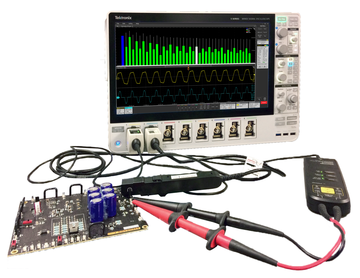Contact us
Call
Call us at
Available 9 AM - 5 PM CET Business Days
Download
Download Manuals, Datasheets, Software and more:
Feedback
Advanced Power Measurement and Analysis
4/5/6 Series B MSO Option 4-PWR, 5-PWR, and 6-PWR Application Datasheet
More Information


